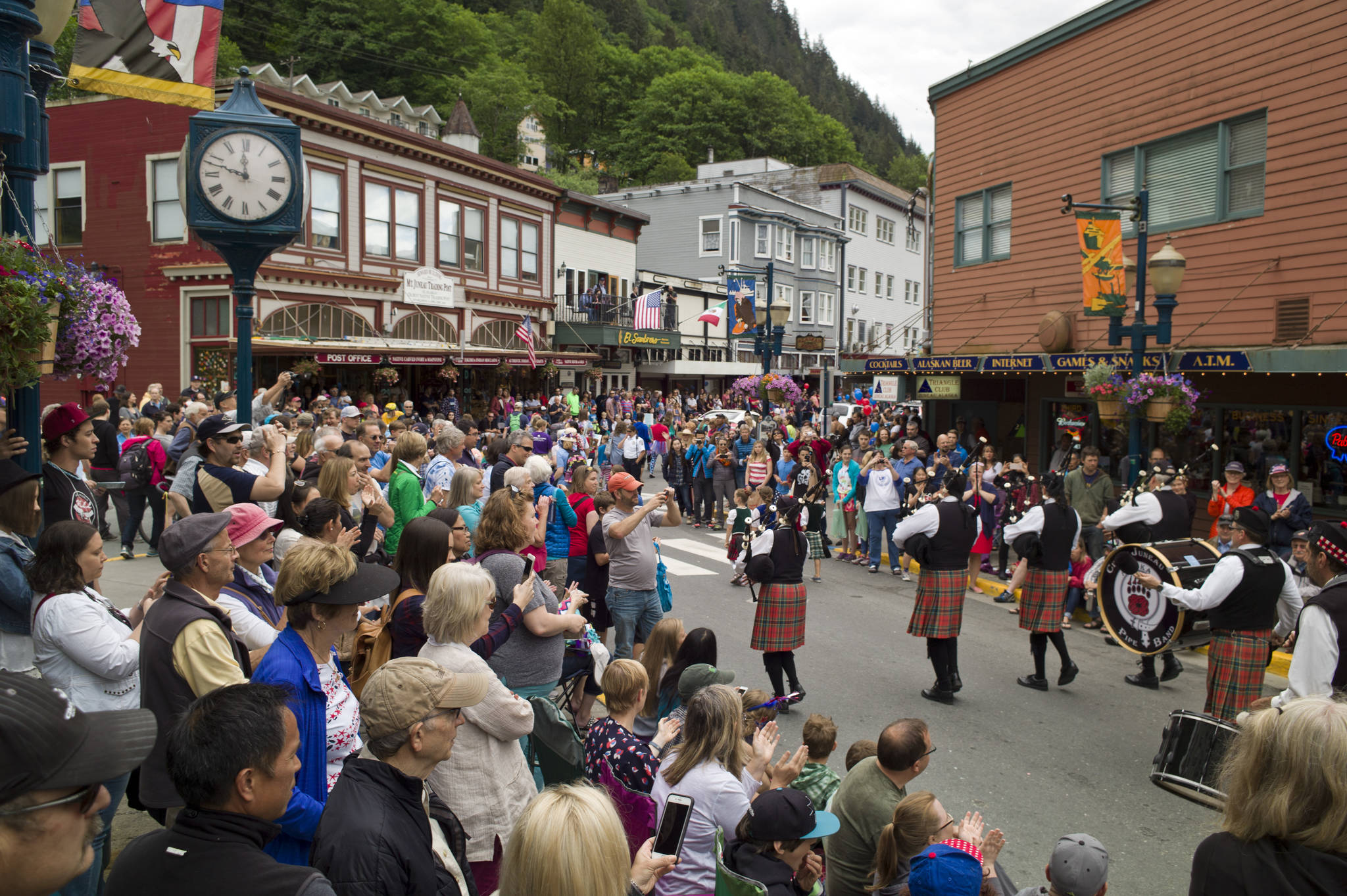Alaska’s population fell for the first time in 29 years as the statewide oil-driven recession continued through 2017, according to new estimates from the Alaska Department of Labor and Workforce Development.
The figures, released Wednesday afternoon, show the state’s population at 737,080. That’s down 2,629 from 2016 and the first decrease since 1988. The decrease comes as 8,885 people moved out of the state with the highest unemployment rate in America. The number of people moving out was only partially balanced by the number of new births.
“The remarkable point is the net migration loss, and that caused a population loss between 2016 and 2017. It was a third of a percent drop,” State demographer Eddie Hunsinger said.
While the U.S. Census Bureau also creates an annual estimate in March, the state Department of Labor has access to Permanent Fund Dividend application data and other sources inaccessable to the federal government. For those reasons, and the Alaska-specific approach it uses for counting, the state’s count is considered much more accurate.
Despite that, it’s not perfect. Between 2014 and 2015, the estimate appeared to show the state’s population had dropped by 61 people. The revised tally now shows it rose by 561, erasing that decline. Hunsinger said by phone that the drop between 2016 and 2017 was large enough that it’s unlikely to be erased by revisions.
Population growth or decline is considered a significant bellweather of a location’s economic and social health. If people are leaving a place, it’s a sign that things aren’t going well.
In Alaska’s case, state figures showed continued job losses and high unemployment in 2017. According to preliminary figures from the Department of Labor, Alaska lost 3,600 jobs between 2016 and 2017. Another 1,800 jobs are expected to be lost between 2017 and 2018.
Hunsinger said by phone that while he’s not an expert on the state economy, it’s clear that the economy in the Lower 48 is doing well and the economy in Alaska is not.
The state also saw a drop in the number of babies born here and an increase in the number of deaths. There were 10,786 births in the state and 4,530 deaths. The number of deaths is the highest on record, while the number of births is the lowest in 11 years.
Both changes can be attributed to Alaska’s aging population. While the state’s median age is still below average, the number of people over 65 is rising and will continue to rise through at least the 2020s. Hunsinger said there could be as many as 150,000 Alaskans over age 65 before the 2020s end.
Population losses were not distributed equally across Alaska. The Matanuska-Susitna Borough, for example, gained 1,612 people between 2016 and 2017. The City and Borough of Juneau, meanwhile, lost 454 people in the same period. Juneau’s population of 32,269 is now the lowest it has been since 2010.
Southeast Alaska as a whole lost 912 people between 2016 and 2017; it had 276 more births than deaths, but 1,188 people moved out of the region. The region’s population, 72,915, is also the lowest it has been since 2010. The region’s 1.24 percent population decline was the largest of any region in the state; the Interior lost 1.15 percent of its population between 2016 and 2017, but that latter region’s decline is expected to reverse with an expansion of Eielson Air Force Base.
• Contact reporter James Brooks at james.k.brooks@juneauempire.com or call 523-2258.

